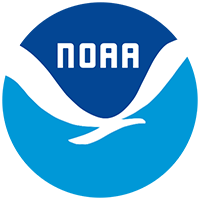Rescue Coordination Centers
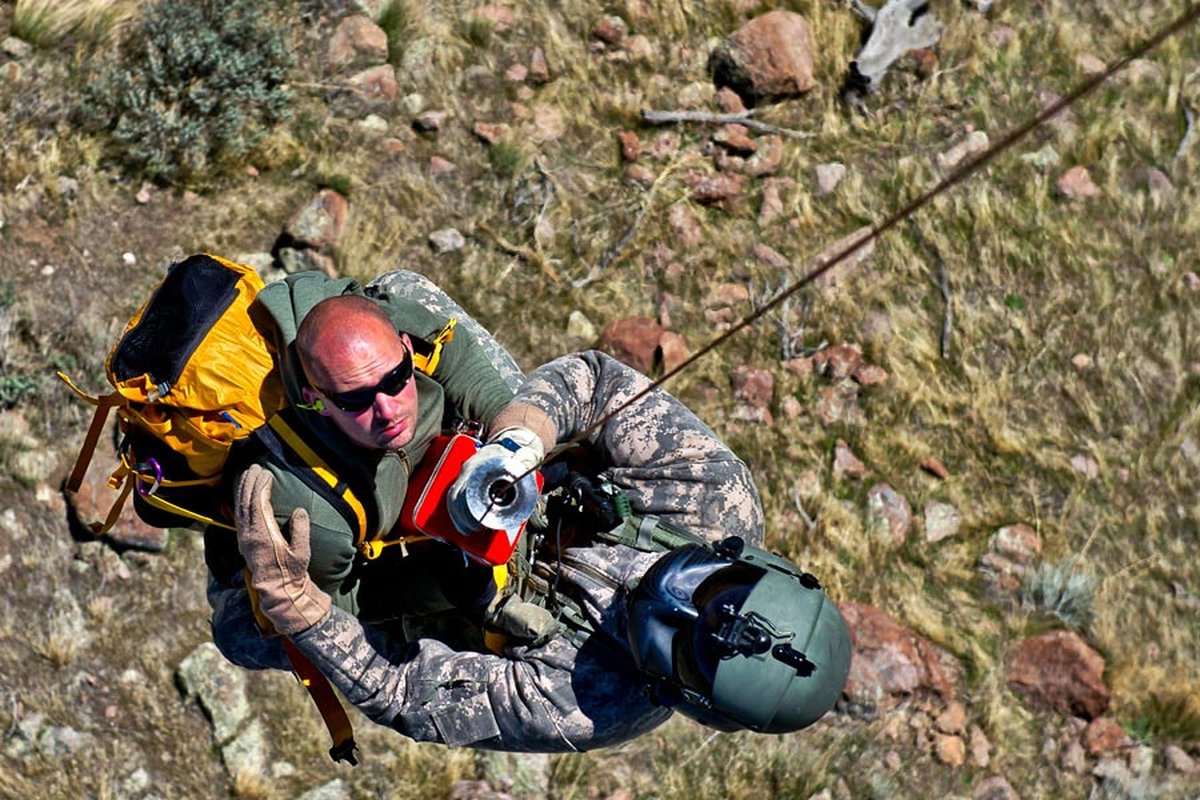
Image courtesy of DIVDs
Who Gets the Call
Rescue Coordination Centers (RCCs) in the United States are operated by the U.S. Coast Guard and the U.S. Air Force (AFRCC). RCCs receive Cospas-Sarsat distress alerts sent by the U.S. Mission Control Center (USMCC) and are responsible for coordinating a rescue response to the distress. They also use the information provided through the beacon registration database – if the 406 beacon is registered – which includes owner contact information, emergency contact information and a description of the aircraft or vessel the beacon is registered to.
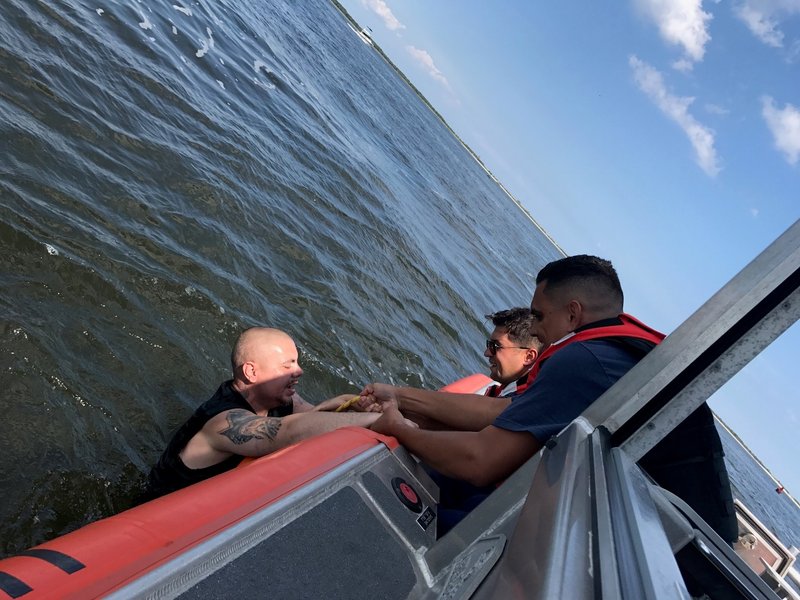
Image courtesy of DIVDs
They use every means necessary to verify that the distress is real and determine the type and scope of response required. They find out how many people on board (if it is an ELT or EPIRB) or the type of wilderness activity they are involved in – if it is a PLB. They find out their destination, their level of expertise and what kind of equipment they are carrying. The more information they can get at this stage, the better prepared search and rescue (SAR) services will be to respond appropriately.
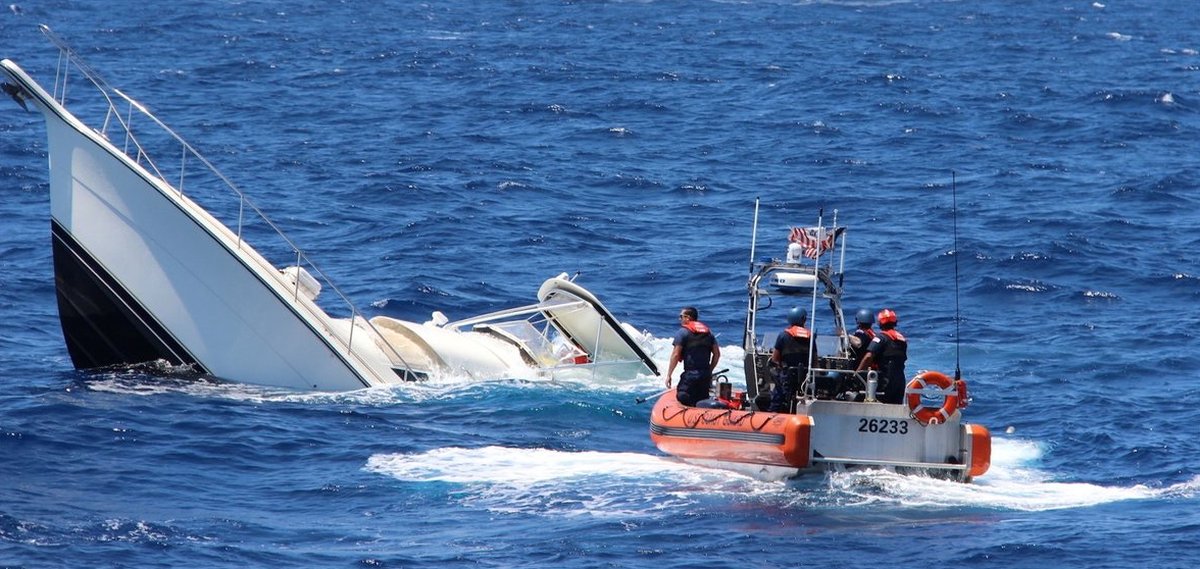
Image courtesy of DIVDs
Unregistered Beacons
If the beacon is not registered, the process of verification that the distress is real takes more time. They will know at least the manufacturer and the type of beacon involved which is included in the Hex ID. From there the RCC tries to trace the ownership of the beacon to see if there is a record of sale, etc. and who purchased it. SAR crews will be tasked regardless, but the mission is much harder and potentially more dangerous because they cannot prepare as precisely for the type of rescue that they may encounter or indeed who and what they are looking for. The owner of the beacon can expect consequences for possessing an unregistered beacon, as 406 beacon registration is the law in the United States.
The U.S. Air Force and the U.S. Coast Guard each take a slightly different approach to search and rescue.
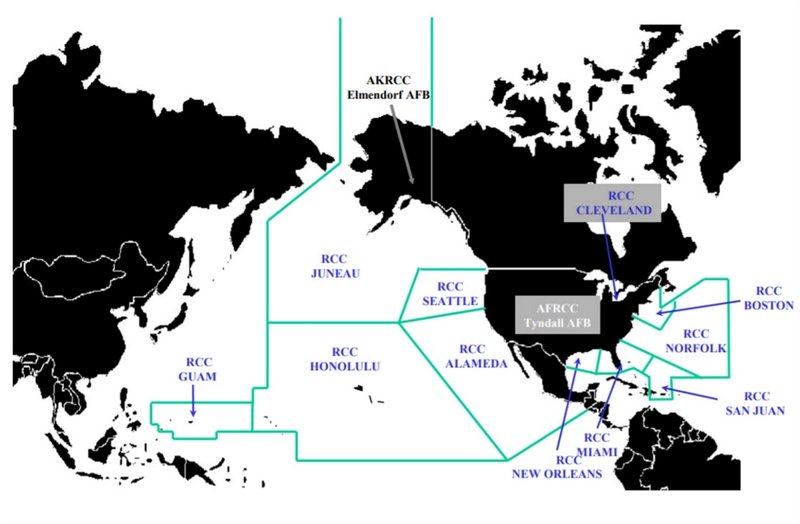
This map illustrates U.S. RCCs & their Search and Rescue Areas of Responsibility. For the U.S. Coast Guard that responsibility extends to 21.3 million square nautical miles.
How Rescue Coordination responsibility is delegated in the U.S.
So “who gets the call” depends on the location of the distress –, whether it is ‘on-land’, within the United States, including Puerto Rico and the U.S. Virgin Islands – or ‘off-shore’ in one of 11 areas that add up to millions of square nautical miles of open ocean.
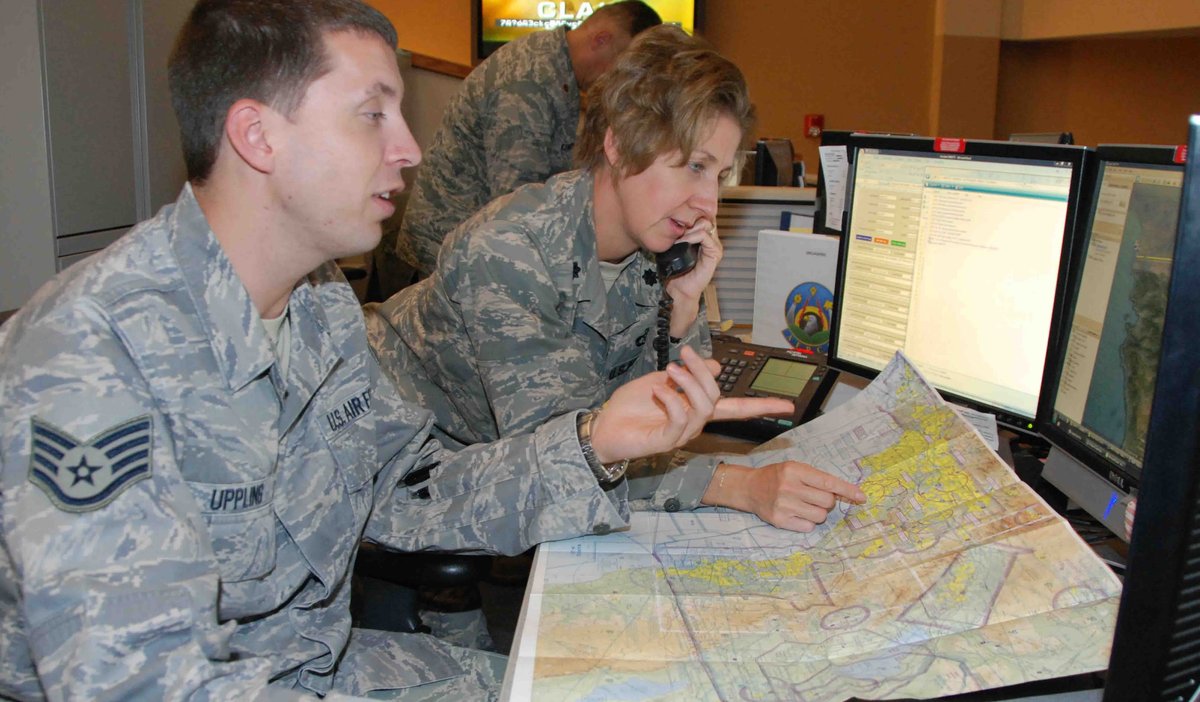
Image courtesy of AF
AFRCC personnel working on a SAR mission.
U.S.Air Force (AFRCC)
The Air Force Rescue Coordination Center (AFRCC) at Tyndall AFB, FL investigates and coordinates all inland SAR activities in-land in the contiguous United States (the lower 48 states excluding Alaska). but does not directly prosecute SAR cases. When a distress call is received the AFRCC investigates the call and coordinates with federal, state, civil or local SAR organizations to determine the type of response necessary. Once it is determined to be an actual distress situation, the AFRCC requests support from the appropriate SAR force. This may include Civil Air Patrol, US Coast Guard, or other Department of Defense assets as needed. They choose the SAR asset based on the type of expertise required for the rescue. Once the SAR mission is underway, they continue to provide ongoing communications services and other assistance to the operation. They can be contacted at: 1-800-851-3051
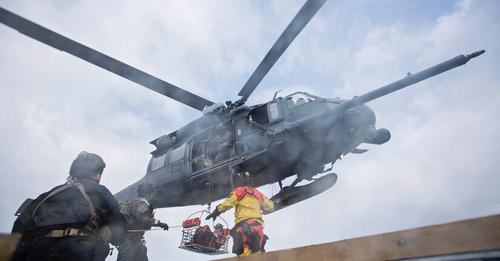
Image courtesy Alaska Air National Guard
Alaska Air National Guard
For Alaskan inland areas, the Alaska Air National Guard operates the Alaska Rescue Coordination Center (AKRCC) at Elmendorf AFB, on the north side of Anchorage. Alaskan SAR is carried out by Air National Guard units, the Alaska State Troopers and local borough search and rescue organizations. The AKRCC can be contacted by phone or fax, at these numbers:
Main phone line: (907) 551-7230
Toll free: 1-800-420-7230
Fax: (907) 551-7245

Image courtesy Cospas-Sarsat
U.S. Coast Guard Command Duty Officer determining the location of an activated 406 beacon within the RCC Norfolk Search and Rescue area of responsibility.
U.S. Coast Guard
The U.S. Coast Guard not only coordinates, but usually conducts maritime SAR missions, including for the waters of Alaska. Search and rescue is one of the Coast Guard’s oldest missions. They can also assign the rescue mission to Coast Guard Auxiliary units as well as request assistance from vessels in the vicinity of the distress.
Coast Guard RCCs are set up to cover specific geographic areas and act as command and coordination centers. The geographic areas of responsibility are divided among nine Coast Guard District commands and two Rescue Sub-Centers (RSC) as listed below.
NORTHEAST DISTRICT – BOSTON, MA
EAST DISTRICT – PORTSMOUTH, VA
SOUTHEAST DISTRICT – MIAMI, FL
HEARTLAND DISTRICT – NEW ORLEANS, LA
GREAT LAKES DISTRICT – CLEVELAND, OH
SOUTHWEST DISTRICT – ALAMEDA, CA
NORTHWEST DISTRICT – SEATTLE, WA
OCEANIA DISTRICT – HONOLULU, HI
ARCTIC DISTRICT – JUNEAU, AK
PUERTO RICO RSC – SAN JUAN, PR
MARIANAS RSC – GUAM
For anyone travelling internationally, location data and other relevant information from an activated U.S. registered beacon will be routed not only to the USMCC here in the U.S. but also to the to Mission Control Center and the Rescue Coordination Center nearest the distress, as they would have the responsibility for initiating the rescue. Note however that specific search and rescue resources vary from country to country and are affected by economic circumstance, so do your research in advance when planning a trip into remote areas of the world.
